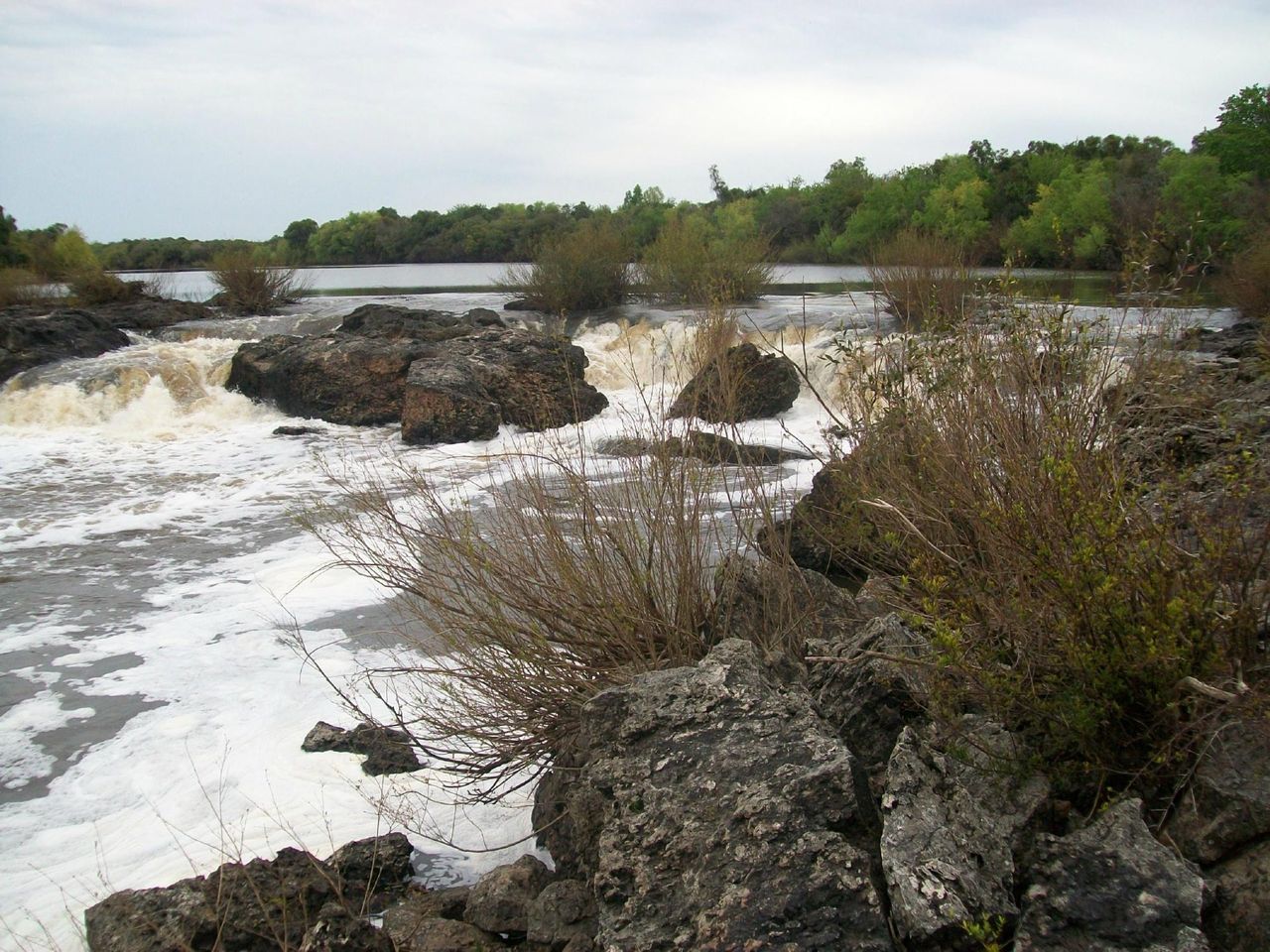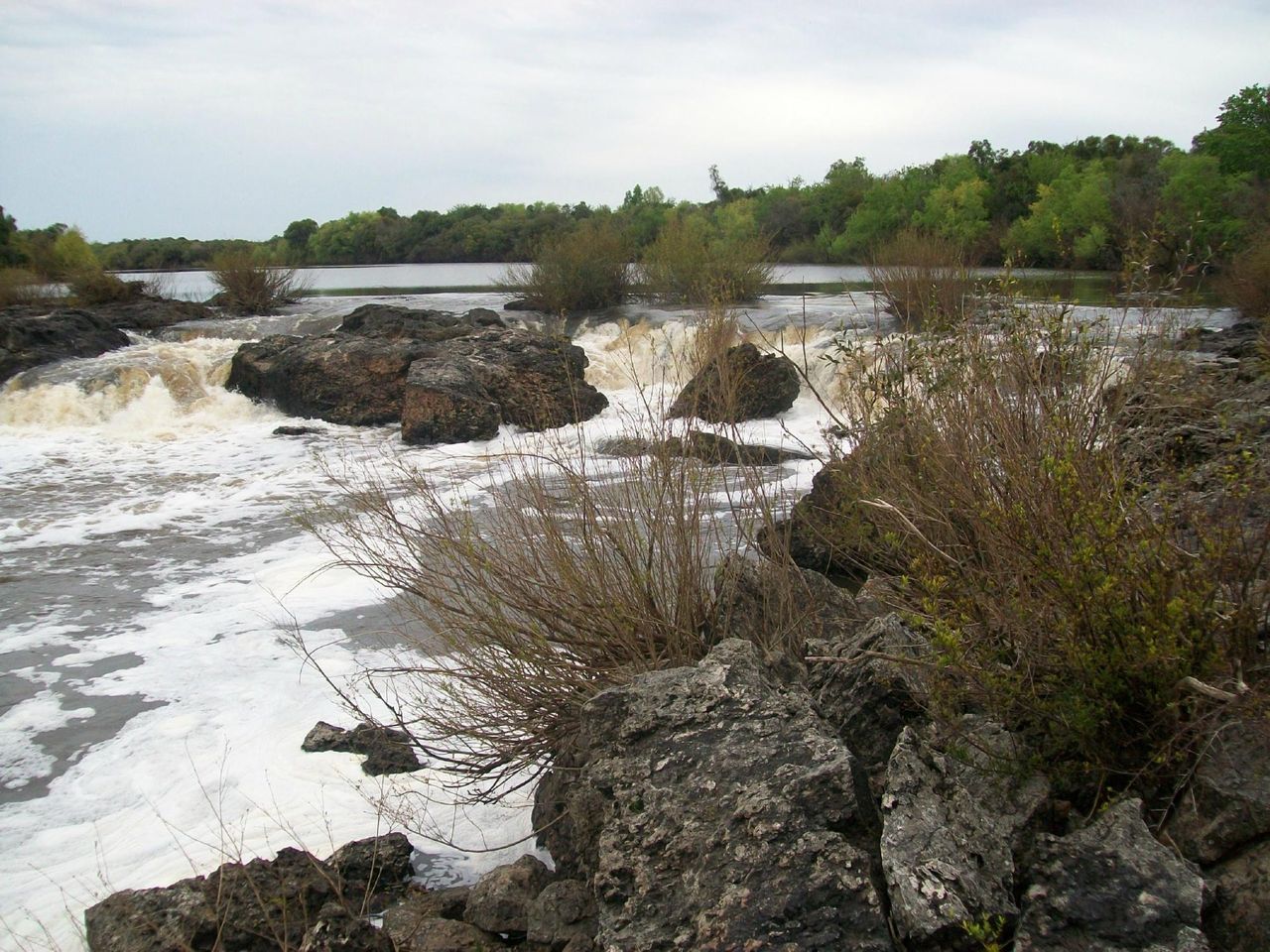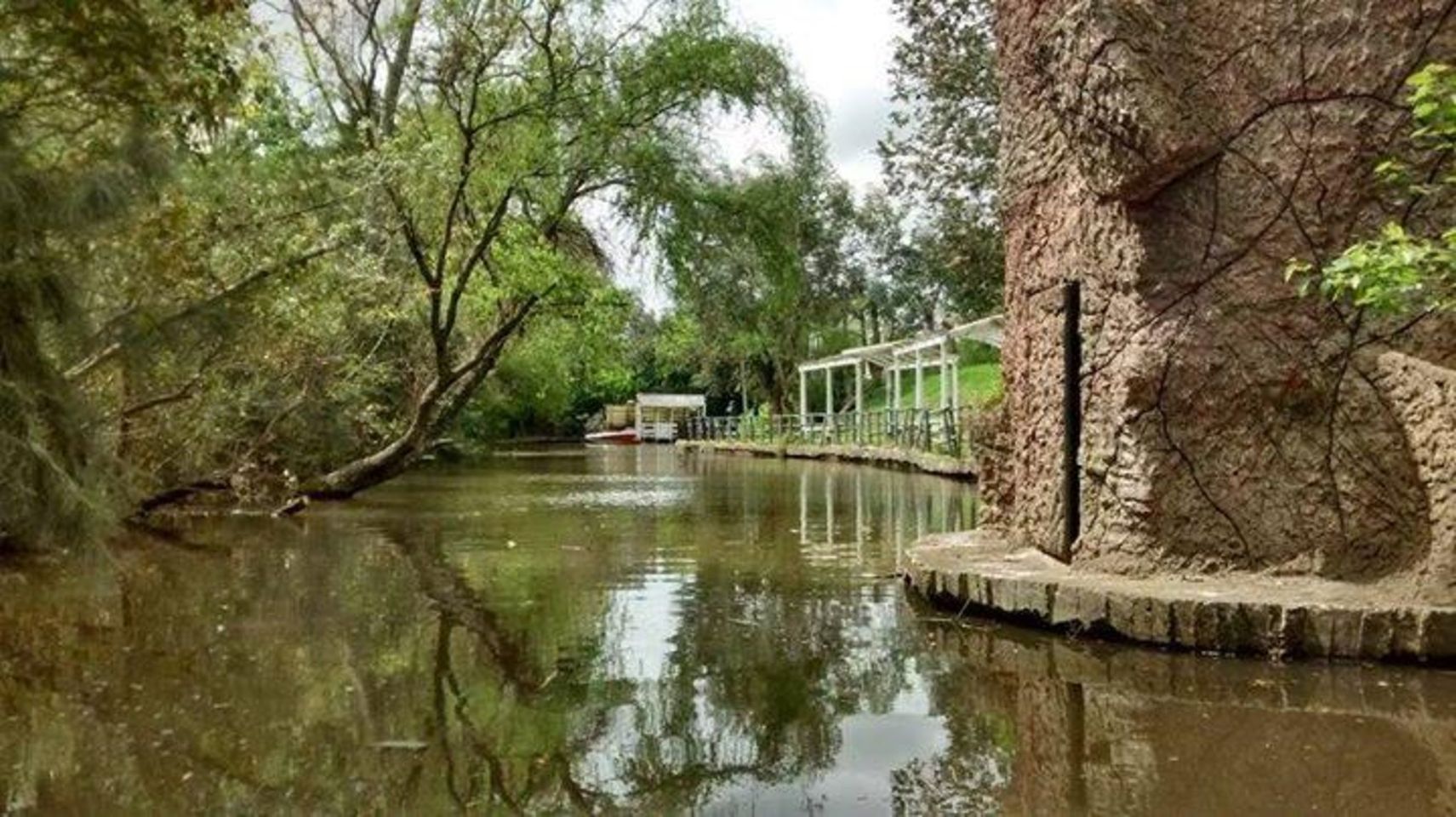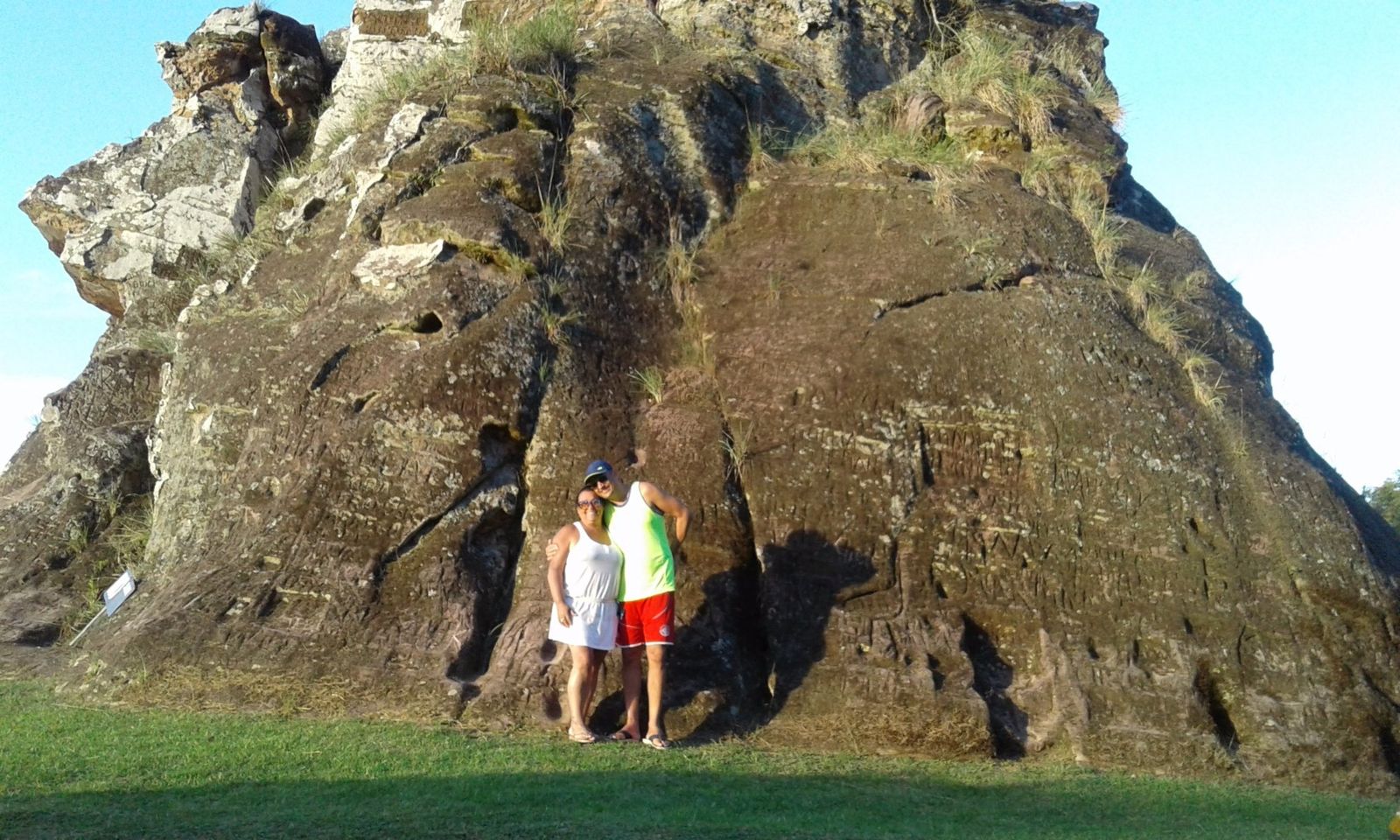Unearthing Paysandús Past: Exploring the Historic Cemetery

Ah, the historic cemetery of Paysandú in Paysandú, Uruguay. A place where the veil between the past and present is as thin as the delicate cobwebs that cling to weathered tombstones. It is more than just a final resting place for the departed; it is a living museum of history and a testament to the resilience of the human spirit. Here, amid the fading grandeur of ornate mausoleums and crumbling statues, we are reminded of the fleeting nature of our existence and the enduring legacy we leave behind.
As we wander through the labyrinthine pathways of this sacred ground, we are confronted by the silent whispers of generations long gone. Each weathered epitaph tells a story of triumph and tragedy, of love lost and noble deeds done. The elaborate crypts and intricate stonework speak to a bygone era of craftsmanship and artistry, where even in death, the departed were honored with opulent memorials that stand the test of time.
In the heart of this solemn sanctuary, we are transported to a time when life was uncertain, and mortality was an ever-present specter. The cemetery of Paysandú stands as a poignant reminder of our shared human experience, where the passage of time erodes all distinctions of class, wealth, and power, leaving only the universal truth of our mortality. Click here to access the complete city guide for Paysandú.
History and significance of the cemetery
Ah, the historic cemetery of Paysandú in Uruguay, a place that holds more significance than many might realize. As we traverse through the solemn grounds of this ancient burial site, we are not merely surrounded by gravestones and tombs. No, we are engulfed in a rich tapestry of history and culture, each monument telling a story of its own. The cemetery stands not only as a resting place for the departed but as a living testament to the passage of time and the evolution of society. Every visit to such a place is a pilgrimage through the annals of human existence, a poignant reminder of our own mortality and the legacies we leave behind.
The cemetery of Paysandú is like an open-air museum, with each headstone serving as a poignant artifact of the past. As we wander through its labyrinthine paths, we are greeted by a multitude of architectural styles, each reflecting the era in which it was erected. From ornate mausoleums adorned with elaborate sculptures to humble, weathered gravestones, every structure bears witness to the trends and traditions of its time. It’s a living history book, revealing the art, craftsmanship, and societal norms of generations long gone.
Moreover, let us not overlook the cemetery’s role as a custodian of collective memory. Within its hallowed grounds lie the remains of individuals who played vital roles in shaping the community. Here, we find the resting places of statesmen, artists, war heroes, and ordinary citizens, each contributing in their own way to the tapestry of Paysandú’s narrative. The cemetery, therefore, is not just a site for mourning, but a vital repository of local heritage, preserving the stories of those who came before us for posterity. Through its silent eloquence, it implores us to remember, to reflect, and to honor the legacy of those who have paved the way for our present existence.
Notable burials and monuments
Ah, the historic Cemetery of Paysandú in Uruguay. A place where the past comes alive, and the memories of the departed are honored with grandeur and dignity. When we wander through this sacred ground, we are not merely strolling among gravestones and monuments. No, we are navigating through a gallery of history, where each notable burial and monument tells a story of its own. From the elegant mausoleums of prominent families to the humble graves of unsung heroes, every corner of this cemetery whispers tales of triumph, tragedy, and perseverance.
As we traverse the pathways of this hallowed ground, we are greeted by an array of monuments that stand as testaments to the lives and legacies of those who have gone before us. The intricately carved statues and ornate memorials serve as poignant reminders of the rich tapestry of humanity that lies beneath our feet. Each monument bears the marks of time, weathered by the years, yet still exuding an aura of timeless grace and reverence. It is here that we come face to face with the enduring impact of those who shaped the course of history, leaving behind indelible imprints on the collective memory of this vibrant city.
In the midst of these solemn surroundings, we find ourselves immersed in a profound sense of introspection and contemplation. As we pause to pay homage to the notable burials that grace this cemetery, we are reminded of the fleeting nature of our own existence. It is a humbling experience, one that prompts us to reflect on our own legacy and the footprint we wish to leave behind. In this sacred space, we are confronted with the universal truths of mortality and the enduring power of remembrance—a poignant reminder that in honoring the departed, we also reaffirm the value of our own lives.
Architecture and design features
Ah, the Historic Cemetery of Paysandú in Uruguay, a place where architecture and design intertwine to tell the tales of the departed. As we wander through this hallowed ground, we’re engulfed by a sense of awe at the intricate mausoleums and tombs that stand as timeless testaments to the city’s history. Each structure seems to whisper stories of the past, with their ornate details and elaborate craftsmanship drawing us into a bygone era of elegance and grandeur.
The architecture of the Historic Cemetery of Paysandú is a melange of styles, reflecting the diverse influences that have shaped the city’s cultural landscape over the centuries. From neoclassical columns to elaborate Art Nouveau motifs, every corner of this necropolis exudes a sense of architectural richness that is as captivating as it is haunting. The design features, from the wrought-iron gates to the delicate carvings adorning the mausoleums, serve as a poignant reminder of the craftsmanship and artistry of generations long gone.
As we meander through the labyrinthine pathways of this historic burial ground, we can’t help but marvel at the meticulous attention to detail in every architectural element. The contrasting textures, the play of light and shadow, and the serene symmetry of the layout all contribute to an atmosphere that is both solemn and enchanting. The mausoleums and tombs, with their weathered facades and timeless elegance, seem to beckon us to contemplate the passage of time and the enduring beauty of human creativity.
Conclusion
In conclusion, the Historic Cemetery of Paysandú in Paysandú, Uruguay, stands as a timeless testament to the rich tapestry of history and culture that we, as a society, should strive to preserve and honor. This sacred ground not only houses the remains of countless individuals but also serves as a living museum that connects us to the stories of the past. It reminds us that our present is intricately woven with the legacies of those who came before us, urging us to approach the future with reverence and understanding for our shared heritage.
As we contemplate the significance of this historic site, we cannot ignore the pressing need to safeguard and promote its legacy for future generations. The preservation of the Historic Cemetery of Paysandú is not merely an act of conservation but a tribute to the enduring spirit of humanity. By protecting and cherishing these hallowed grounds, we pay homage to the diverse voices and experiences that have shaped our collective identity, fostering a sense of unity and respect for the narratives that define us.
In essence, the Historic Cemetery of Paysandú is a sanctuary of memory, a repository of stories waiting to be discovered and cherished. It beckons to us, challenging us to look beyond the constraints of time and engage with the profound narratives inscribed within its hallowed grounds. Let us, therefore, commit ourselves to safeguarding and celebrating the enduring legacy of this historic site, embracing it as a vital part of our shared history and cultural heritage.




